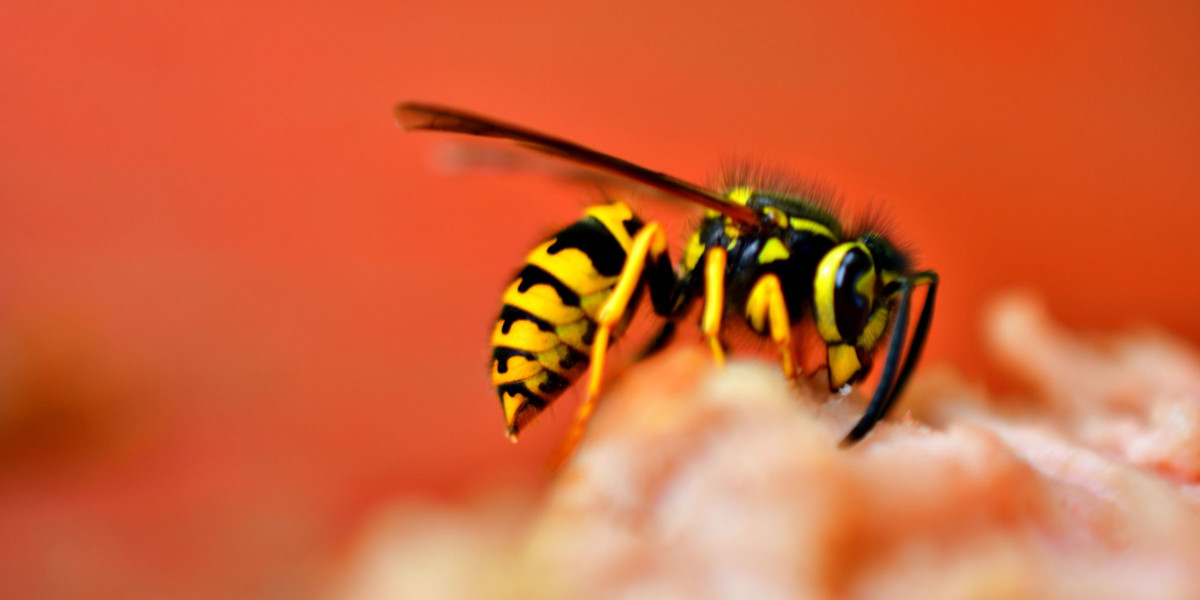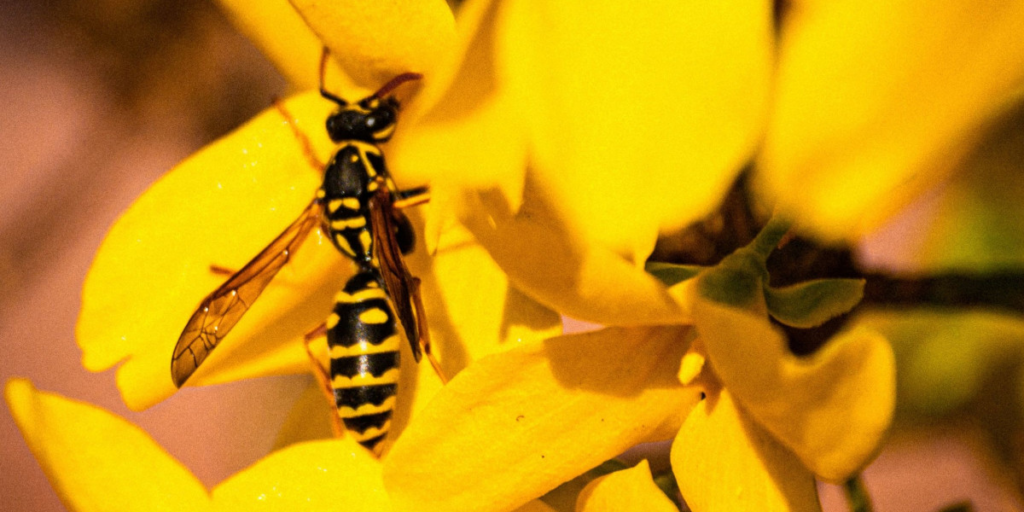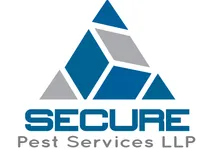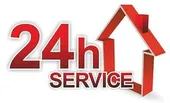4 Proven Wasp Removal Steps for Your Home or Office

Wasp nest removal is a crucial task for both residential and commercial spaces to ensure the safety and comfort of you and those you work and/or live with. It’s important to take control of your environment and avoid potential stings or allergic reactions.
By following the recommendations in this blog post, you can safely and successfully engage in wasp removal and prevent future infestations, creating a safe and comfortable environment for everyone.

Understanding Wasp Nests
There are various species of wasps, including paper wasps, yellow jackets, and hornets, each with different nesting habits and behaviors. Wasp nests are typically built in protected areas such as eaves, attics, trees, or underground burrows.
These nests can grow rapidly in size, housing hundreds or even thousands of wasps within a relatively short time frame. Leaving a wasp nest untreated can lead to increased wasp activity, posing a threat to occupants and potentially causing damage to property.
DIY Wasp Removal
The first step in removing a wasp nest is to locate it. This can be done by observing wasp flight patterns or following wasps back to their nest. Once you’ve found the nest, you can proceed with the removal process.
The treatment methods for removing wasp nests vary depending on the species of wasps. For less aggressive paper wasps, physical removal of the nest can be effective. This involves carefully removing the nest using protective clothing and equipment.
If the nest is out of reach or difficult to access, you can try using natural remedies such as spraying it with soapy water or vinegar. These substances can help deter the wasps and make the nest easier to remove. We recommend treating the nest during the late evening or early morning when the wasps are less active and more likely to be inside the nest.
After removing the nest, break it down into pieces with a long-handled garden tool like a rake and further saturate the pieces with vinegar or water. Then properly dispose of it in a waste receptacle away from your home or workplace to prevent any remaining wasps from rebuilding any nest.
When to Seek Professional Help
In some cases, it’s necessary to seek professional help for safe and effective wasp nest removal. If a nest is persistent or located in a hard-to-reach area, our team has the expertise and specialized equipment to handle your removal process.
Individuals with allergies to wasp stings should always seek professional help to minimize the risk of a severe allergic reaction. Attempting to remove a wasp nest without proper knowledge or equipment can result in stings or harm to yourself or others.
Wasp Nest Removal Safety Tips
When removing a wasp nest, it’s important to prioritize safety. Here are four tips to follow:
- Always wear protective clothing, including gloves, pants, long-sleeve shirts, goggles, and veiled hats to prevent wasp stings.
- Use caution and move slowly when approaching a wasp nest to avoid provoking the wasps.
- Place any children and pets at a distance and make sure they remain there, under supervision, during the nest removal process.
- If a wasp nest is located in a high or dangerous area, consider using a ladder or hiring our team to safely reach and remove the nest.
Preventing Wasp Nests
Prevention is key to avoiding future wasp nest infestations. Here are five preventive measures to use:
- Keep outdoor garbage cans tightly sealed and clean to reduce the availability of food sources for wasps.
- Regularly clean outdoor eating areas and dispose of food and drink containers properly to avoid attracting wasps.
- Inspect your property periodically for potential nesting sites, such as cracks in walls, gaps in eaves, or hollow trees, and seal them as soon as you notice them to prevent wasp entry.
- Consider using wasp deterrents, such as decoy nests or wasp-repelling plants, to discourage wasps from building nests in your vicinity.
- Trim back vegetation near your home or office, as overgrown plants can attract wasps looking for nesting sites.
Wrapping Up
Proper wasp nest removal is essential for maintaining a safe and comfortable environment in both residential and commercial spaces. By following the proven steps outlined in this post, you can effectively remove wasp nests and prevent future infestations.
Remember to prioritize your safety and seek a professional wasp removal service if needed, especially if you have allergies to wasp stings. By proactively preventing wasp nests, you can minimize the risk of encountering these stinging insects in the future.
Need wasp nest removal today? Book your service now.










